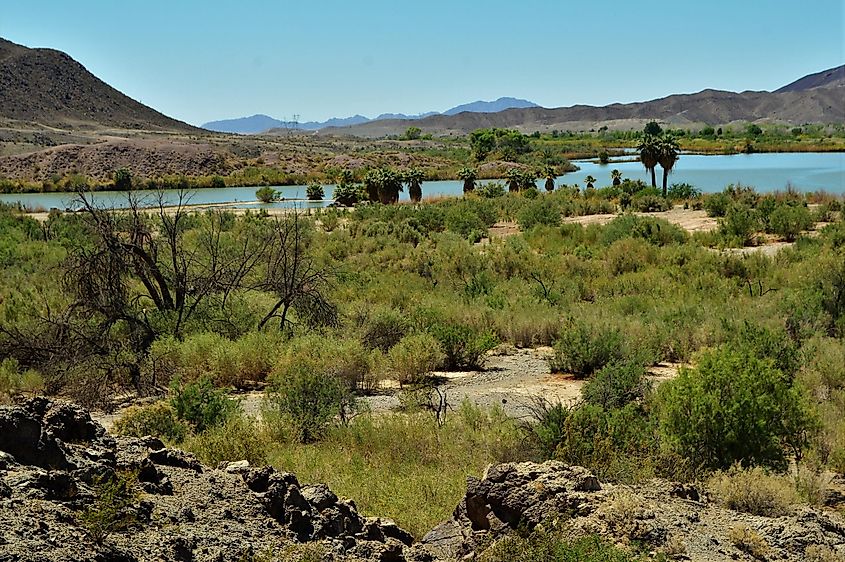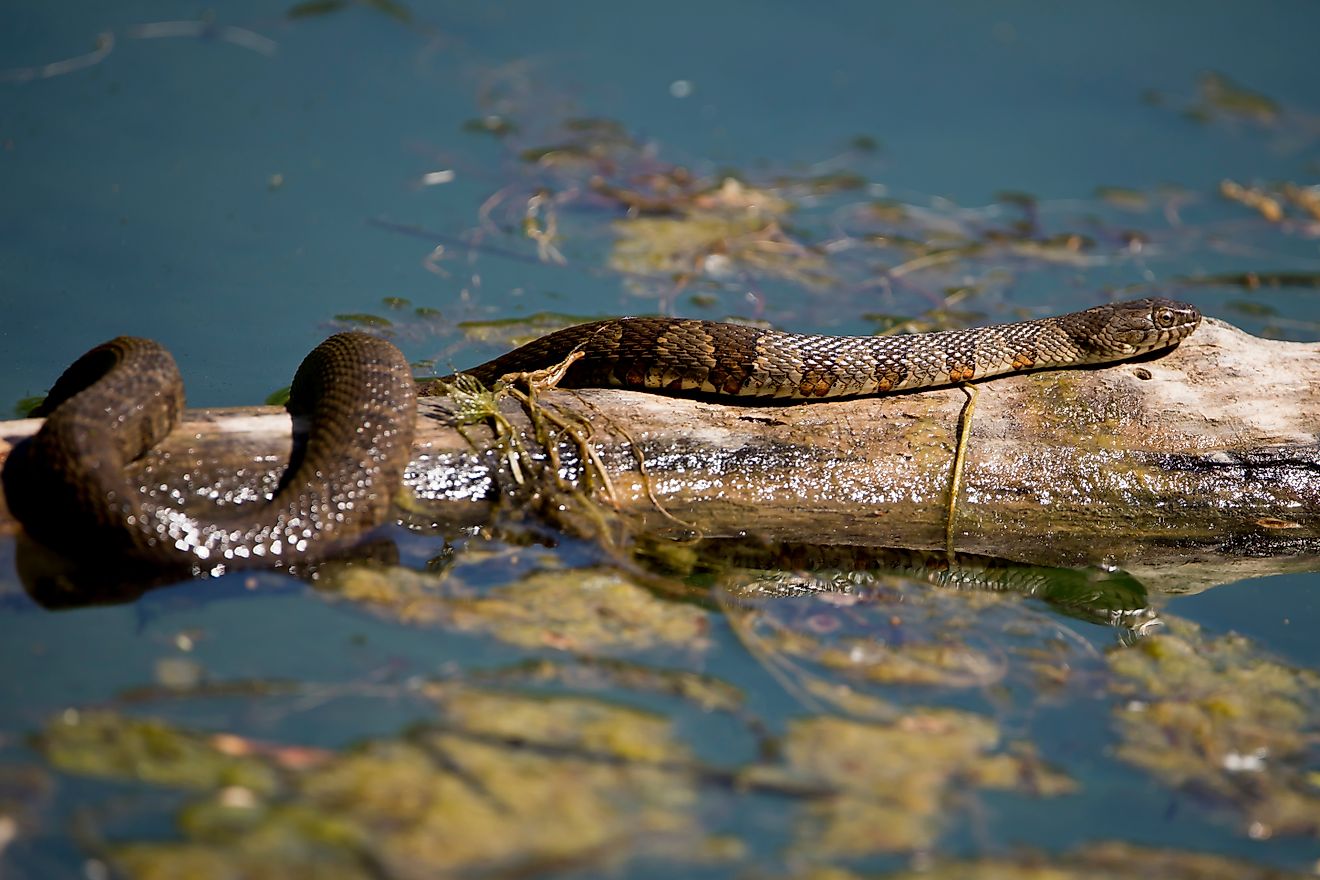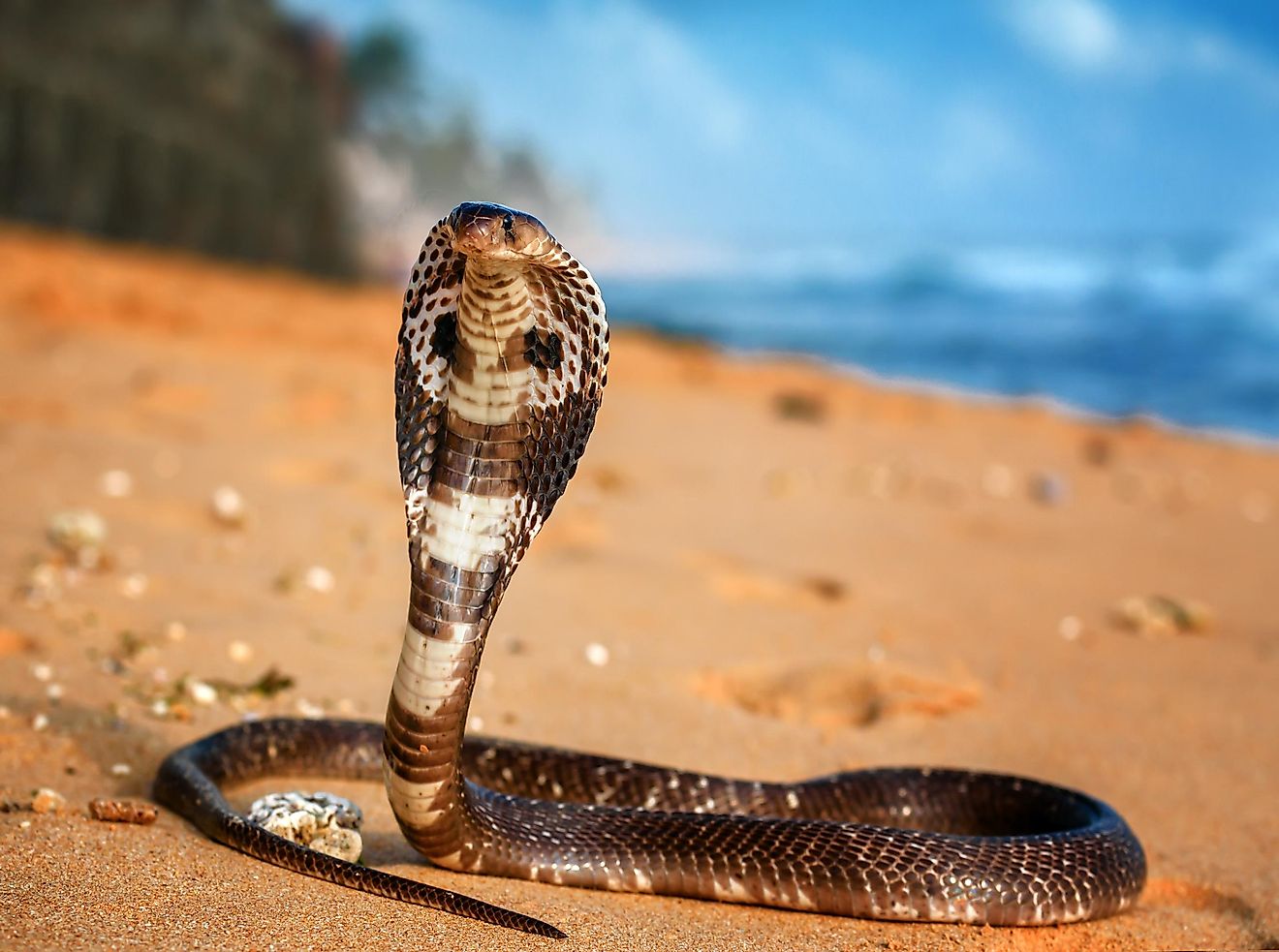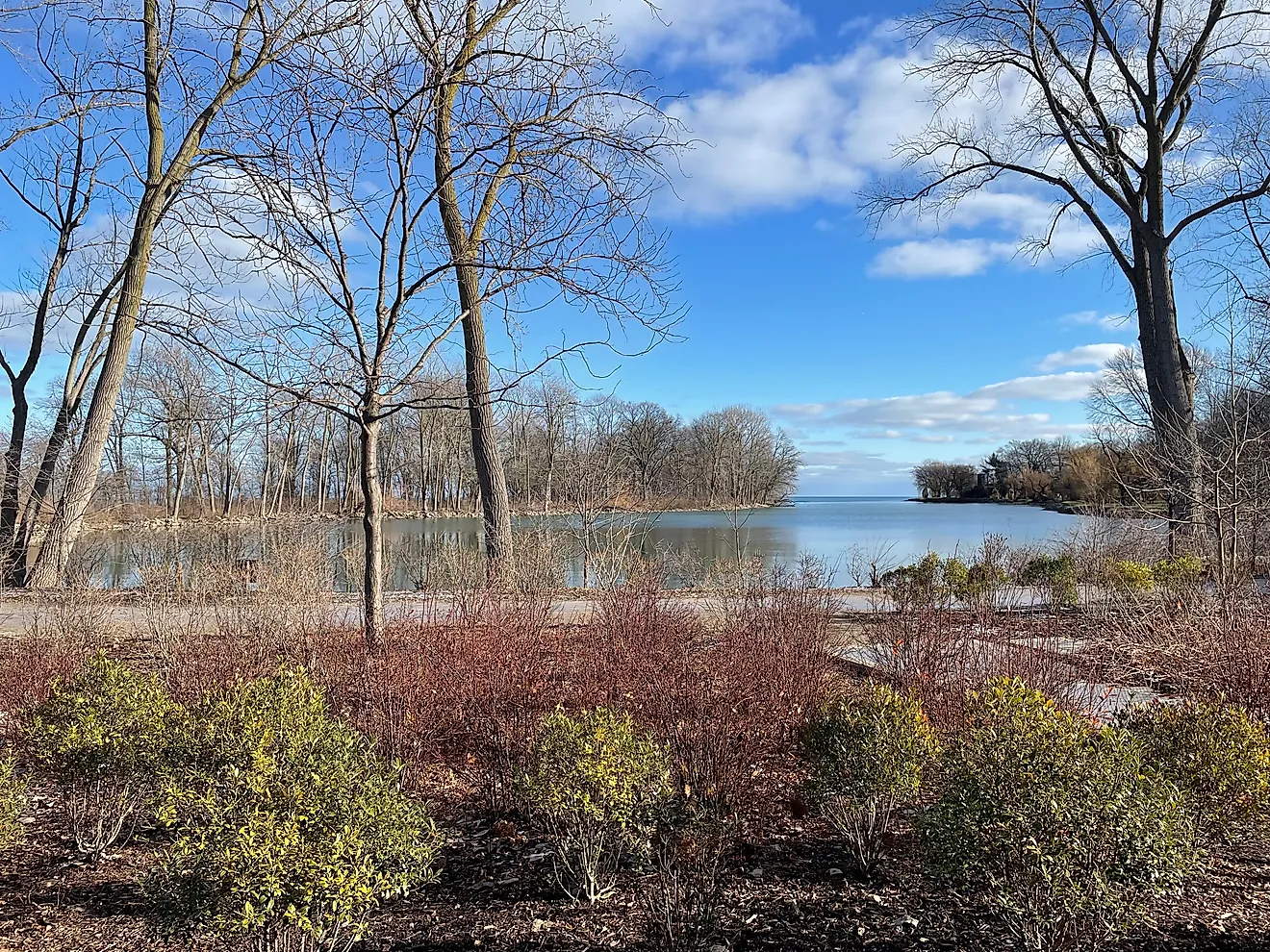
The Most Snake Infested Lakes in Arizona
Arizona has an estimated 41 species/subspecies of snakes, 20 of which are venomous varieties (and 13 of those are rattlesnakes). This means that the "Grand Canyon State" has the second-highest diversity of snakes behind only Texas (which has over 100 species) and the greatest number of venomous snakes of any state. Since Arizona also sports a whopping 128 lakes, there is some inevitable overlap between the two. Though cold-blooded, snakes, like sweat-drenched humans in the summer, need to seek out sources of freshwater to sustain themselves. It comes as quite a surprise to many that common, non-aquatic serpents are rather adept swimmers (even if they still spend most of their time in the reeds, marshes, and rocks along the shoreline). So, if you love the water but struggle with ophidiophobia, you might want to steer clear of these five snake-infested lakes in Arizona.
Lake Mead

Formed by the waters of the Colorado River after the building of the Hoover Dam on Black Canyon, Lake Mead is the largest artificial reservoir in the United States in terms of water capacity and second only to Lake Powell (more on this lake in a moment) in terms of surface area. At its peak, this impressive lake reaches 65 miles in length and upwards of 9.3 miles in width, creating a total shoreline length of about 550 miles - all shared between southeastern Nevada and northwestern Arizona. That is a lot of space for snakes to slither and swim about. Of the 41 species of reptiles that have been recorded in Lake Mead National Recreation Area (the oldest recreational area in the country), four are venomous snakes (the Mojave, western diamondback, southwestern speckled, and sidewinder rattlesnakes), and one is non-venomous (the long and black/white-striped common kingsnake).
Lake Powell

Lake Powell is another artificial reservoir along the Colorado River that is shared across state lines (in this case, Utah) and harbors a long list of snakes. At 186 miles long and almost 2,000 miles of shoreline, Lake Powell is the largest reservoir in the United States, ranked by surface area. With a maximum water capacity of 24,322,000 acre-feet, it is second only to Lake Mead (though both reservoirs have suffered from recent droughts in the southwest). As one might suspect, such a sizable environment fosters an equally impressive range of wildlife. As for snakes, specifically, visitors might spot any of the following: black-necked garter snake, common kingsnake, gopher snake, glossy snake, long-nose snake, night snake, patch-nosed snake, striped whipsnake, wandering garter snake, and the four subspecies of the western rattlesnake (i.e. Hopi, Great Basin, midget faded, and Grand Canyon).
Lake Pleasant

Despite the potential for snake sightings, Lake Pleasant really does live up to its name. Less than an hour's drive north of Phoenix, this reservoir on the Agua Fria River is a great place to cool off during those stifling summer days. Plus, with more than 100 miles of shoreline, 20 miles of hiking trails, multiple marinas, two campgrounds with 150 combined sites (including boat-in campsites), and lots of surrounding BLM (i.e., public use) land, Lake Pleasant and its namesake regional park set quite the stage for both water-bound and dry land activities. With all that said, humans are not the only ones who enjoy a refreshing dip in a freshwater lake. Over the years, semi-aquatic snakes have made headlines at Lake Pleasant. It might seem a strange coincidence that these tales mostly emerge over Memorial Day weekend, but it actually makes perfect sense. Spring is when snakes become more active, and this American holiday brings hordes of people out of hibernation and into their domain. Last year, a gopher snake (which is nonvenomous) actually slithered aboard a family's motorboat after swimming determinedly towards it from some distance. Rattlesnakes have also been filmed swimming across the surface.
Mittry Lake

So many of Arizona's lakes either flirt with or transcend state lines and stem from the Colorado River. Mittry Lake happily continues this trend. Plunked in the far southwest corner of Arizona, just north of Yuma, close to the California border, and between the Imperial and Laguna Dams, the Mittry Lake Wildlife Area covers 600 acres of surface water and 2,400 acres of restored marsh, upland terrain, riparian woodland, and desert-scrub habitats. With its snaking waterways that connect to the main body, Mittry Lake is a fun spot for boating, fishing, and camping. It is also an important ecosystem for a wide range of flora and fauna, including neotropical birds, amphibians, and yes, snakes. In 2016, 20 southern banded water snakes were pulled from the Lake Mittry/Yuma region. This non-venomous serpent is, unfortunately, invasive to this area. Given the similarity in environment to the swamps of Florida (its native habitat), combined with the abundant sources of food, the Arizona Game and Fish Department estimated that the population of water snakes had already pushed into the thousands.
Lake Mohave

Finishing back where we began on the Nevada border, just south of Lake Mead and the Hoover Dam, Lake Mohave is yet another artificial reservoir on, you guessed it, the Colorado River. The long and slim Lake Mohave is also part of the Lake Mead National Recreation Area and, therefore, sees significant overlap in its native snake species. But do not let insidious thoughts disrupt your vacation to this desert oasis. Lake Mohave is a magical, mountain-surrounded place that is beloved by water skiers, scuba divers, paddlers, pontoon and power boaters, anglers, and beach-bathers (there are many sandy coves to be enjoyed along Lake Mohave's 200 miles of shoreline). Visitors should also make a point of seeking out the 3,000-year-old petroglyphs etched into certain cliff sections.
So you see, things aren't all bad in these snake-infested lakes, far from it. Arizona's massive reservoirs provide a place for people to play, relax in nature, and enjoy a respite from the notorious American Southwest summers. Yes, these waters, shorelines, and surrounding environments are shared with snakes, and some of these species are venomous, but this doesn't change the fact that very few people are negatively impacted by snake encounters in the United States. Exercise common sense by sticking to blazed trails, watching where you step (or occasionally, where you swim), and giving all snakes a respectful berth. Lake season is upon us, so don't let a few snakes ruin the fun!











